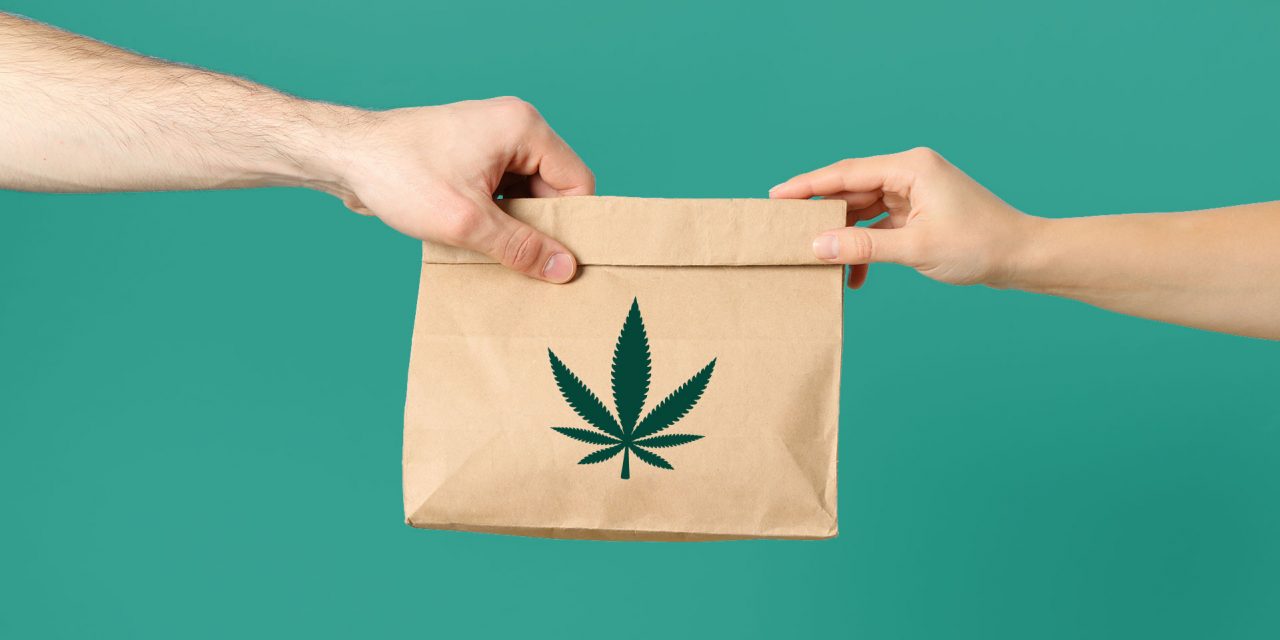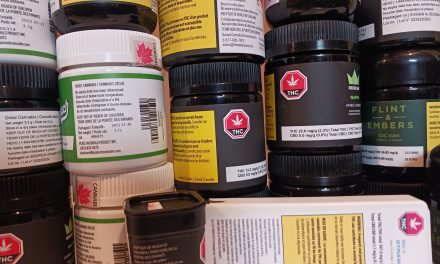A Look at Cannabis Delivery in Thunder Bay
By Justin Allec
One of the lasting effects of the pandemic has been transforming how people shop. For a while there (but hopefully not again), customers weren’t allowed in retail stores. The only options for purchasing were curbside pick-up or delivery, as human contact wasn’t allowed. Weird times, right? This quarantine phase happened during the period when many local cannabis retailers were opening, coincidentally at the same time the Ontario Cannabis Store stopped their Canada Post deliveries due to COVID-19 protocols. Months later, things have remained strange, and the delivery situation for local cannabis retailers has endured.
It’s not an ideal situation. These cannabis retail businesses are new, and face the same hurdles that any operation does on start-up. Adding the complications of a delivery vehicle, related insurance, finding staff, and arranging logistics while keeping prices competitive probably wasn’t part of anyone’s business plan—much like the pandemic itself. However, local retailers in Thunder Bay’s nascent cannabis market are finding ways to make delivery work for their stores and their customers.
The retailers I spoke to all had different arrangements for delivery, but there are a few common aspects—call them the logistical difficulties of working in Thunder Bay. The first of these is the question of time. If a customer selects the delivery option for their online purchase, when can they expect their cannabis to arrive? Should they think of it like pizza, and expect it within the hour? Some retailers have a specific delivery window when they have the resources; Toke House, for example, has delivery between 1 to 6 pm, while Rainbow on Bay has two daily “runs” at 3 pm and 9 pm. Either way, delivery doesn’t mean “instant” but Austyn Williams at Rainbow says that the expectations are different than a courier service. “Customers seem to be pretty patient,” he says. “We’ll get it there the same day, but not the same hour. And they’re pretty okay with that.”
Liam Heney at Kia Ora echoes that sentiment, saying Thunder Bay residents understand how some days are difficult to get around. “It can take you 15 minutes to get across town, or 45 minutes,” Heney says. “Or there’s a train, or a snowstorm, or it’s just an average day.”
There are other drawbacks for retailers as well. Online ordering doesn’t match what retailers are hoping for customers. The same items are available, but there’s no opportunity for retailers to upsell or even just speak to their customers. Additionally, there’s also the interaction that happens when the product is delivered. Parking can be a nightmare, driveways and steps can be icy and snow-covered, and then there’s the difficulty of checking identification. “It makes it harder to do our due diligence,” Heney says. “Matching IDs to purchase information, finding problems between the two… it slows everything down. The onus is on the store for safety, after all.” While most customers are honest and considerate, it only takes one bad interaction to throw off a whole chain of deliveries.
Frustrations aside, delivery is here to stay. In larger markets, such as Toronto, there’s even been moves to pair retailers with driver programs like Uber. While the landscape is different here, convenience for the customer usually wins out.














